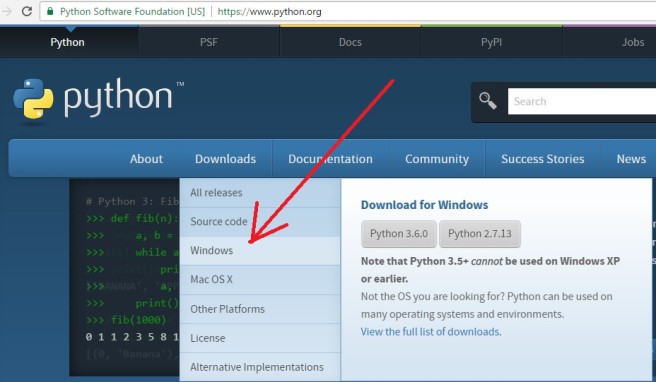

If you are using Python on Windows for web development, we recommend a different set up for your development environment. This is especially helpful if you are in an educational environment or a part of an organization that restricts permissions or administrative access on your machine. Installing via the Microsoft Store uses the basic Python3 interpreter, but handles set up of your PATH settings for the current user (avoiding the need for admin access), in addition to providing automatic updates. Set up your development environmentįor beginners who are new to Python, we recommend you install Python from the Microsoft Store. I tried bypassing the g variable and trying to urlopen("") with no success either (it generates the same error after the same length of time).The following is a step-by-step guide for beginners interested in learning Python using Windows. > because connected host has failed to respond> > raise URLError(err) URLError: respond after a period of time, or established connection failed


> return self.do_open(httplib.HTTPConnection, req) File "C:\Python27\lib\urllib2.py", line 1177, in do_open > result = func(*args) File "C:\Python27\lib\urllib2.py", line 1207, in http_open > '_open', req) File "C:\Python27\lib\urllib2.py", line 378, in _call_chain

> response = self._open(req, data) File "C:\Python27\lib\urllib2.py", line 418, in _open > return _opener.open(url, data, timeout) File "C:\Python27\lib\urllib2.py", line 400, in open > r = urllib2.urlopen(o) File "C:\Python27\lib\urllib2.py", line 126, in urlopen The last line generates an error after a 120+ seconds: > Traceback (most recent call last): File "", line 1, in To store the site in a variable, I've seen a similar approach proposed: import urllib I'm trying to read a website through Python, and several authors use the urllib and urllib2 libraries. OS: Windows 7 Python 2.7.3 using the Python GUI Shell


 0 kommentar(er)
0 kommentar(er)
